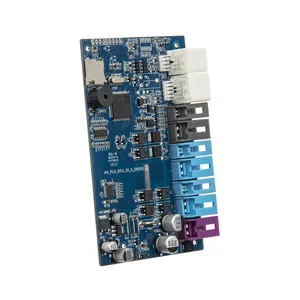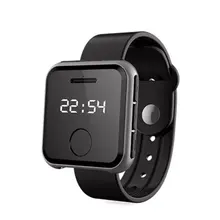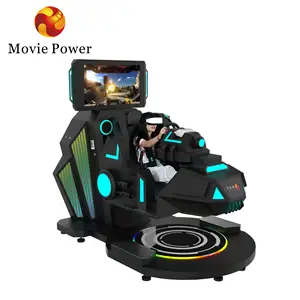In the world of virtual aviation, the use of flight simulator controls can make all the difference. These controls, which can range from a flight sim joystick to a flight sim throttle, are designed to mimic the controls found in actual aircraft. This not only adds a level of realism to the flight sim experience but also allows pilots to train in a safe and controlled environment.
Types and uses of flight simulator controls
There are varied types of flight simulator controls available for users. The common types include the flight sim yoke, throttle, and pedals. The flight sim yoke is designed to replicate the control wheel found in many aircraft, while the throttle is used to control the power output of the aircraft's engines. The pedals, on the other hand, are used to control the rudder, which is responsible for the aircraft's yaw motion.
The main application of flight simulator controls is in flight training. They are used in flight schools around the world to train budding pilots in the fundamentals of flying without the risks associated with actual flight. These controls are not just limited to professional use. With the popularity of flight sim games, many gaming enthusiasts use these controls to enhance their gaming experience.
Features and materials of flight simulator controls
When it comes to features, flight simulator controls are designed to provide a realistic and immersive experience. Some controls might come with force feedback, which adds to the realism by simulating the forces experienced during flight. Others might come with multiple buttons and switches that can be programmed to perform various functions, similar to what a real cockpit would have. For instance, a flight joystick for PC might come with triggers for firing weapons in combat simulators.
The materials used in the construction of flight simulator controls are chosen for their durability and ability to provide a realistic feel. Common materials include hard plastic, metal, and rubber. For instance, a yoke for flight simulator might have a metal shaft for durability, while the handle and buttons might be made from hard plastic or rubber to provide a comfortable grip.
Advantages of using flight simulator controls
The use of flight simulator controls, such as a flight simulator yoke and pedals, has several advantages. For professionals, it offers a cost-effective and safe way to train new pilots. It also allows experienced pilots to practice and maintain their skills without the need for actual flight time. For gaming enthusiasts, it enhances the gaming experience by adding a level of realism that can't be matched with standard gaming controls. Whether it's for professional training or gaming, the use of flight simulator controls can significantly enhance the flight sim experience. With various types, applications, and features to choose from, these controls offer a versatile and immersive solution for all flying enthusiasts.











































 浙公网安备 33010002000092号
浙公网安备 33010002000092号 浙B2-20120091-4
浙B2-20120091-4